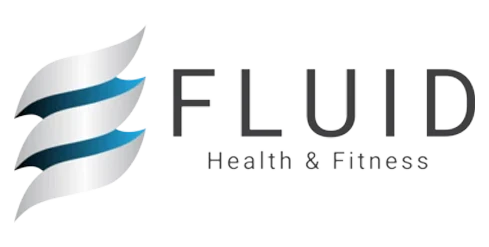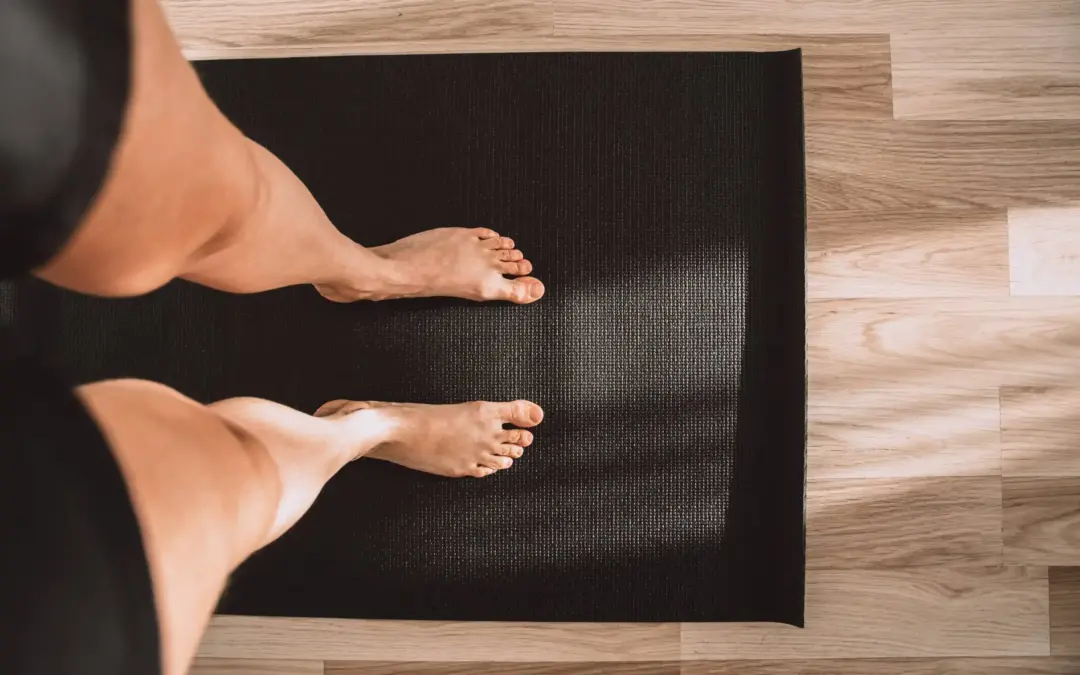Introduction
Week 6 of the Applied Fundamentals course at Fluid Health and Fitness deepened the exploration of frontal plane mechanics, focusing on the shoulders, core, and feet—the endpoints and central hub of the kinetic chain. This week emphasized how the scapulothoracic, glenohumeral, lumbopelvic, and ankle-foot complexes coordinate to maintain load balance, postural symmetry, and dynamic control in the frontal plane.
As always, the Fluid principle of structure before conditioning, movement quality before intensity remained central. Whether standing still or adjusting to shifting forces, your body relies on a stable, aligned base and integrated muscular control. This week provided corrective strategies and training protocols to enhance those outcomes.
Why It Matters
Frontal plane stance mechanics influence your ability to manage side-to-side weight shifts, maintain balance, and transfer force efficiently across joints. Misalignments or weaknesses in the shoulder, pelvis, or foot arches cascade into kinetic chain dysfunction, often leading to compensatory movements, injury, or decreased performance. Optimizing biomechanics in these regions builds a resilient, balanced system.
Step-by-Step Breakdown of Week 6
|
Day |
Focus Area |
Objective |
|
Day 1 |
Scapulothoracic & Glenohumeral |
Restore upper body symmetry and enhance shoulder girdle stability in the frontal plane. |
|
Day 2 |
Lumbopelvic & Sacroiliac |
Train core and pelvic alignment to control lateral weight shifts and ensure efficient load transfer. |
|
Day 3 |
Ankle & Foot Complex |
Improve foot posture and proprioception to maintain dynamic balance and prevent compensatory mechanics. |
Core Concepts Reinforced
- Shoulder Girdle Stability (Day 1)
- Scapular Positioning: 2–3 inches from spine, slight upward rotation/posterior tilt.
- Glenohumeral Alignment: Humeral head centered in glenoid; slight external rotation.
- Muscle Function: Trapezius, serratus anterior, deltoids coordinate to maintain arm control and trunk balance.
- Common Dysfunctions: Scapular elevation, GH instability, weak stabilizers.
- Lumbopelvic & SI Control (Day 2)
- Lumbar Alignment: Vertical spinous processes with no lateral deviation.
- Pelvic Neutrality: Level ASIS/PSIS alignment to prevent excessive tilt.
- Muscle Control: Glute medius, QL, obliques stabilize during weight shifts.
- SI Joint Mechanics: Subtle motion (1-3 mm) supports efficient force transfer from spine to hips.
- Common Dysfunctions: Lateral pelvic tilt, lumbar flexion, SI instability from weak QL/glutes.
- Foot and Ankle Mechanics (Day 3)
- Neutral Foot Position: Vertical calcaneus, balanced medial arch.
- Pronation: Absorbs shock; driven by peroneals (concentric) and tibialis posterior/anterior (eccentric).
- Supination: Stabilizes push-off; opposite muscle pattern.
- Arch Function: Medial/lateral longitudinal and transverse arches regulate force distribution.
- Common Dysfunctions: Excessive pronation, flat feet, high arches, reduced proprioception.
Preparation: Posture and Control Screening
- Day 1: Use mirror to observe shoulder height, scapular symmetry.
- Day 2: Evaluate pelvic tilt and lumbar curve in single-leg stance.
- Day 3: Stand barefoot to examine arch integrity and ankle alignment.
Corrective Drills and Functional Training
- Shoulder Girdle (Day 1)
- Wall slides, scapular clocks, foam roller thoracic work.
- Y/T/W drills, band rows, external rotation work for stabilizers.
- Lumbopelvic Control (Day 2)
- Lateral tilts, cat-cow, side bends for mobility.
- Clamshells, lateral walks, side planks for strength.
- Single-leg balance, BOSU work for proprioceptive control.
- Ankle-Foot (Day 3)
- Ankle mobility: circles, resistance bands.
- Foot control: short foot drills, toe curls, towel grabs.
- Stability: single-leg stands, lateral hops, balance board work.
Aftercare: Movement Integration
- Reinforce scapular neutrality in carries and upright tasks.
- Cue pelvic level during single-leg stance and dynamic transitions.
- Practice balanced foot pressure during walking, squats, and sports.
- Expand breath laterally to support trunk symmetry and pelvic alignment.
Checkpoint Questions
- How do scapular upward rotation and GH abduction stabilize the trunk?
- Which muscles manage lateral pelvic tilt and why are they important?
- What is the role of the SI joint in weight transfer?
- How do arch mechanics impact the knee and hip alignment?
Conclusion
Week 6 provided a comprehensive look at the foundational systems maintaining frontal plane stability. The scapulothoracic and GH regions ensure upper body balance and arm control. The lumbopelvic and SI region serves as the central hub for load transfer. The ankle-foot complex supports the kinetic chain through dynamic arch mechanics and proprioceptive feedback.
Together, these structures enable postural integrity, efficient movement, and reduced compensatory strain. By implementing structured training for mobility, strength, and awareness, you develop resilient mechanics that translate into improved performance and injury resilience.
Stand tall, control laterally, and ground every step in balance.



